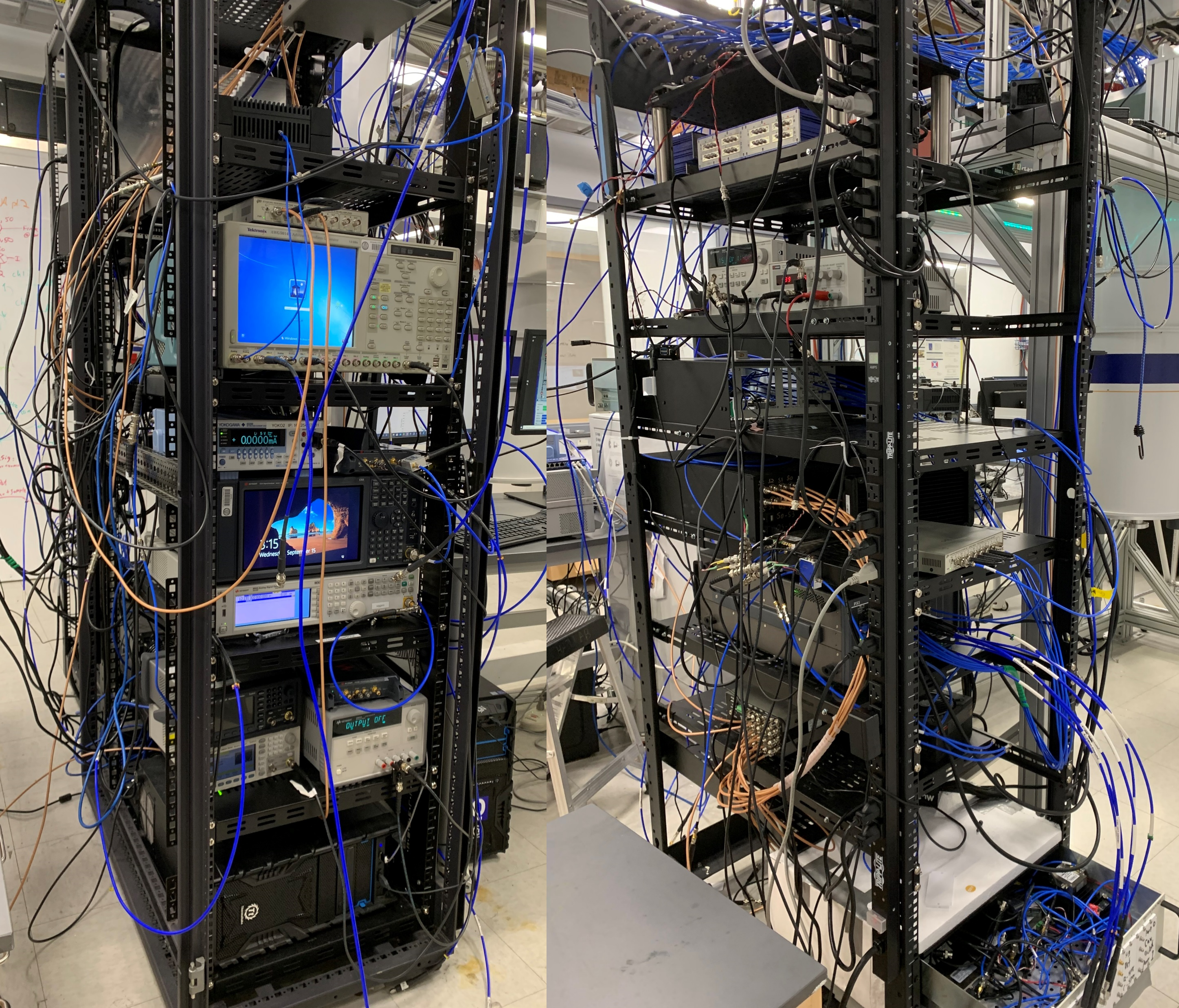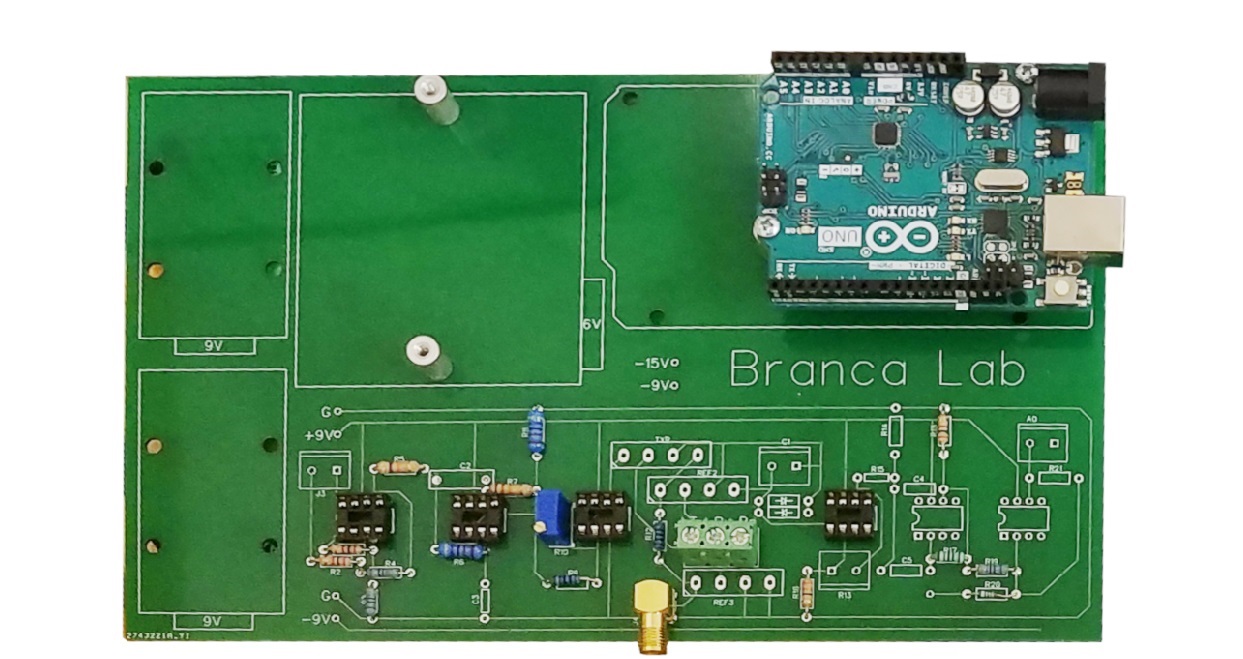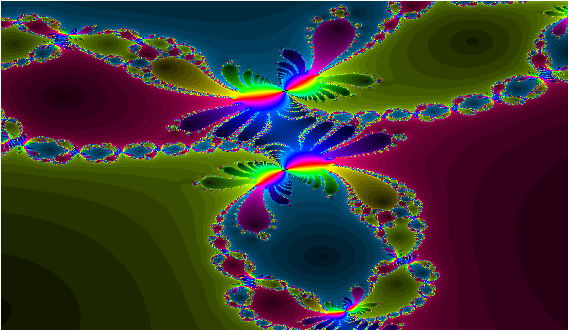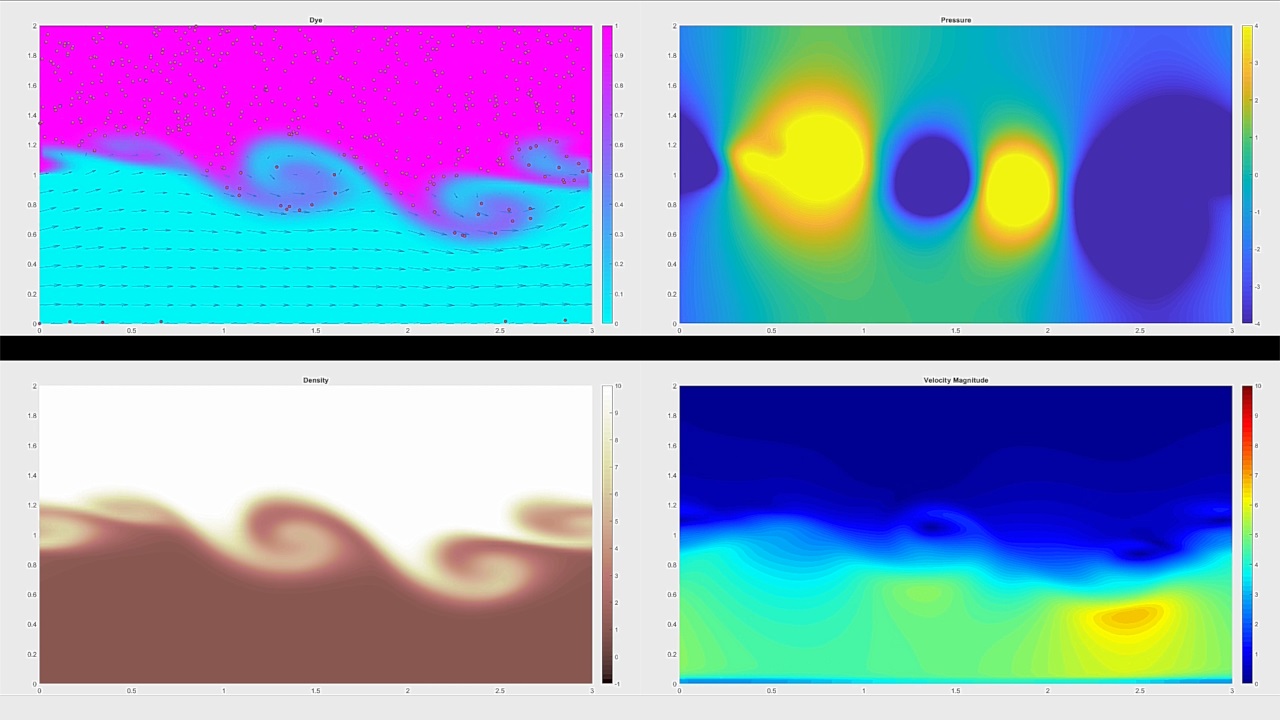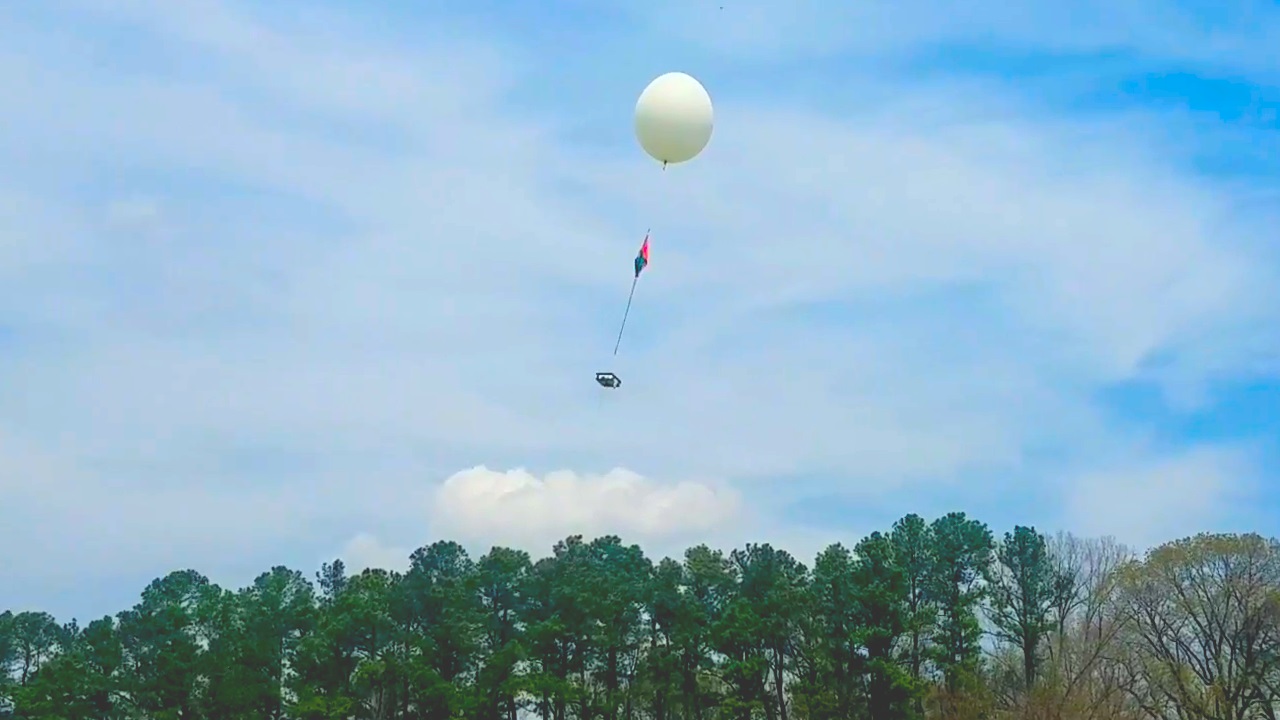Hi! I'm Boris. 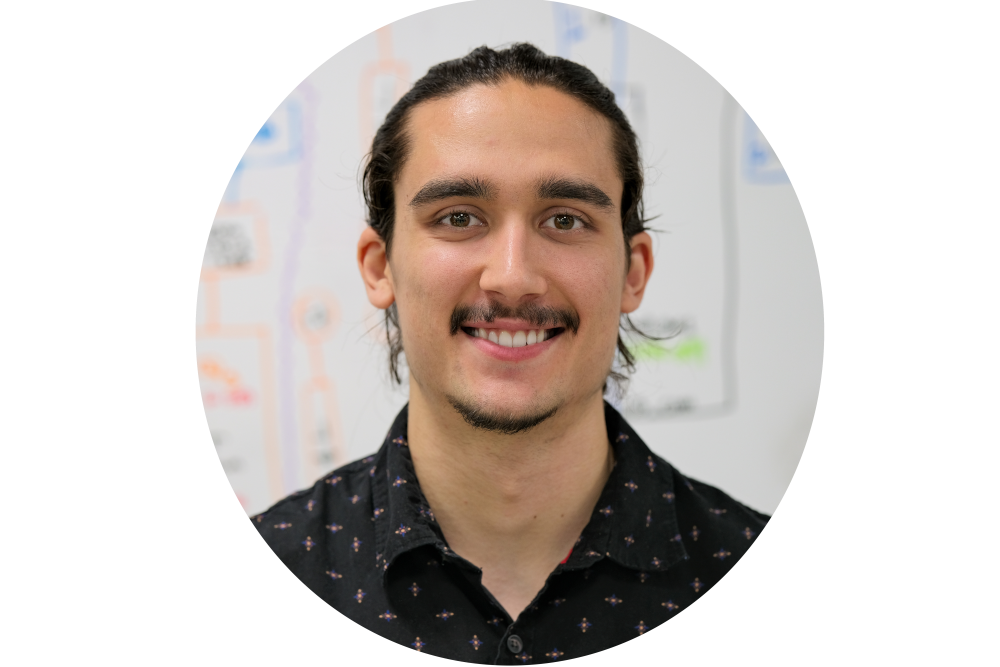
Welcome to my website! I am a fourth-year graduate student working in the Hatlab, a quantum information laboratory at the University of Pittsburgh. For me, quantum computers are fascinating for two reasons. First, they would allow us to probe interesting physics questions, such as, "How does a complex molecule really behave?" and, "What is the fundamental nature of information?" Second, quantum computers don't yet exist, and building one is a huge engineering puzzle.
When I'm not in the lab, I like to play soccer, practice guitar, and explore the parks of Pittsburgh.
Education
University of Pittsburgh 
August 2020 - Present
Physics PhD
University of North Carolina, Chapel Hill 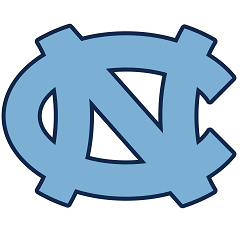
August 2016 - May 2020
B.S. with Highest Honors, Physics and Mathematics
